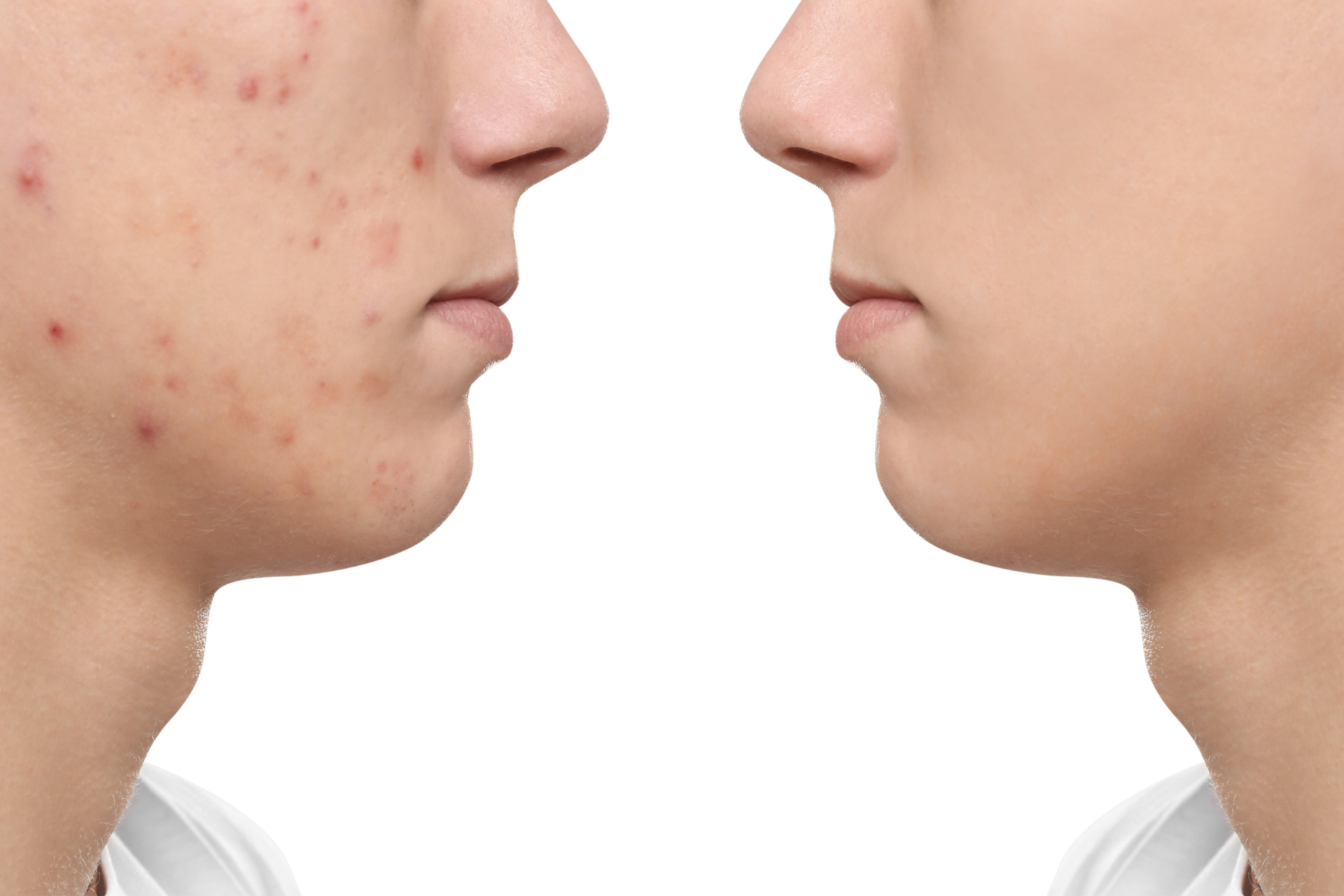From Acne to Clear Skin: Steps to Achieve a Healthier Complexion

Acne can be one of the most frustrating skin issues to deal with, affecting individuals of all ages. At Fall Creek Skin and Health Clinic, we understand the emotional and physical impact of acne. Our goal is to help you navigate your journey toward clearer skin with practical and effective strategies. Here are some essential steps to achieve a healthier complexion.
Step 1: Understand Your Skin Type
The first step in treating acne effectively is understanding your skin type. Skin can be categorized into four main types: oily, dry, combination, and sensitive. Knowing your skin type can guide your choices in skincare products, ensuring they cater to your specific needs. Oily skin, for instance, may benefit from oil-free moisturizers and non-comedogenic products, while dry skin requires hydrating formulas.
Step 2: Follow a Consistent Skincare Routine
Establishing a consistent skincare routine is crucial for managing acne. Begin with a gentle cleanser that suits your skin type. Look for products containing salicylic acid or benzoyl peroxide, which can help unclog pores and reduce inflammation. It’s important to cleanse your face twice a day—once in the morning and once before bed—to remove excess oil and impurities.
After cleansing, apply a toner to balance your skin’s pH levels. Follow this with a lightweight moisturizer to keep your skin hydrated without clogging pores. Don’t forget to use sunscreen during the day; UV rays can aggravate acne and lead to post-inflammatory hyperpigmentation.
Step 3: Be Mindful of Your Diet
What you put into your body can significantly impact your skin's health. A balanced diet rich in fruits, vegetables, whole grains, and lean proteins supports overall health, including skin health. Some studies suggest that high-glycemic-index foods (like refined sugars and carbohydrates) may exacerbate acne. Consider reducing processed foods and incorporating more antioxidants like vitamins A, C, and E, which can promote skin healing.
Step 4: Stay Hydrated
Staying hydrated is essential for maintaining skin health. Water helps to flush out toxins, prevents dryness, and maintains optimal skin elasticity. Aim for at least eight glasses of water a day, and consider incorporating herbal teas or infused waters for variety.
Step 5: Seek Professional Help
If over-the-counter treatments are not yielding results, it may be time to consult a dermatologist. At Fall Creek Skin and Health Clinic, we offer personalized treatment plans tailored to your unique skin needs. Our professionals can prescribe stronger topical treatments or oral medications if necessary. Additionally, we provide innovative treatment options like chemical peels, laser therapy, and more, all aimed at achieving clear and healthy skin.
Step 6: Practice Patience and Self-Care
Finally, remember that achieving clear skin takes time and patience. Avoid the temptation to pick or squeeze acne, as this can lead to scarring and further skin issues. Instead, practice self-care through stress management, adequate sleep, and relaxation techniques. Stress is a known trigger for acne flare-ups, so finding healthy ways to cope can be beneficial.
Conclusion
Transitioning from acne to clear skin is a journey that requires a comprehensive approach. By understanding your skin type, maintaining a consistent skincare routine, watching your diet, staying hydrated, and seeking professional advice when needed, you can achieve a healthier complexion. At Fall Creek Skin and Health Clinic, we are here to support you every step of the way. Remember, you’re not alone on this journey to clearer skin!




